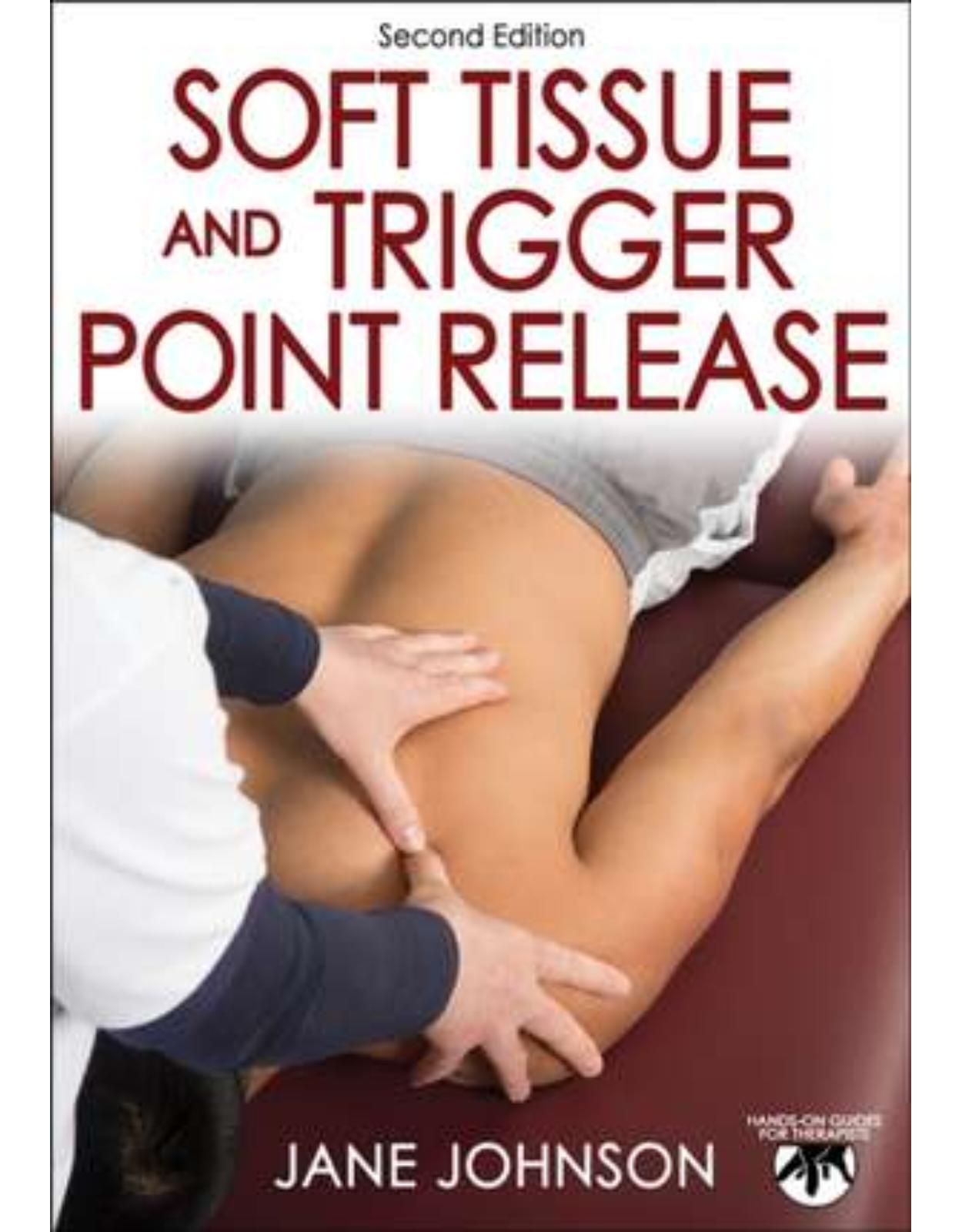
Soft Tissue and Trigger Point Release
Livrare gratis la comenzi peste 500 RON. Pentru celelalte comenzi livrarea este 20 RON.
Disponibilitate: La comanda in aproximativ 4 saptamani
Autor: Jane Johnson
Editura: Wiley
Limba: Engleza
Nr. pagini: 288
Coperta: Paperback
Dimensiuni: 178 x 253 x 18 mm
An aparitie: 9 noi 2018
Description:
Soft Tissue and Trigger Point Release, Second Edition, is a practical guide to understanding and applying soft tissue release (STR), including how it can be used to deactivate trigger points and maximize patient outcomes of treatment and rehabilitation. Whether you are a student or a professional, the detailed instruction and numerous photos will help you gain proficiency and confidence in applying these techniques. Soft Tissue and Trigger Point Release thoroughly explains the differences between the three types of STR—passive (clients do not help), active-assisted (clients and therapists work together), and active (clients do it on their own)—and provides step-by-step descriptions for performing each type. This edition incorporates new content on how soft tissue release may be used to deactivate trigger points, aiding in the treatment of musculoskeletal pain. Additional updates include the following: • More than 150 new photographs and 21 new anatomical illustrations • Guiding arrows overlaid on photos to show the direction in which to apply pressure • Illustrations of trigger points found in 21 muscles • New descriptions of the use of active-assisted STR on the iliotibial band (ITB), infraspinatus, biceps brachii, and triceps • New sections describing how to apply active STR to gluteals, trapezius, scalenes, rhomboid, and pectoral muscles • Instruction for applying passive STR to shoulder adductors • Case studies providing examples of how STR was used with four clients with differing problems Complementing each technique are information on the key holds, moves, and stances for various muscles and handy reference charts indicating the types of clients and situations for which each technique is particularly useful. The full-color photos depict the locks and stretches, while some of the more difficult techniques are accompanied by photos showing the position of the therapist and a skeletal overlay on the client so you can pinpoint the specific muscle being targeted. The book also explains how to use alternative options—such as massage tools and forearms, fists, and elbows—to protect your hands and thumbs from overuse. Tip boxes offer practical comments on applying the techniques, while Client Talk boxes provide insight into real-world situations. Soft Tissue and Trigger Point Release also shows you how to incorporate the proper techniques into a treatment program. It guides you through the consultation process and provides examples of initial questions to ask clients and various assessment forms to use in identifying clients' needs. Using case studies and comparisons, you will learn how the data gleaned from clients can guide the design of an effective treatment program. Soft Tissue and Trigger Point Release, Second Edition, is part of the Hands-On Guides for Therapists series, developed to provide the best clinical and educational resources available for those in bodywork professions.
Table of Contents:
Part I: Getting Started With Soft Tissue Release
1. Introduction to Soft Tissue Release
Who Should Have Soft Tissue Release
How Soft Tissue Release Works
Where to Perform Soft Tissue Release
When to Perform Soft Tissue Release
Benefits of Soft Tissue Release
Soft Tissue Release and Trigger Points
Why You Should Treat Trigger Points
How to Identify a Trigger Point
How You Should Treat Trigger Points
Closing Remarks
Quick Questions
2. Preparing for Soft Tissue Release
Using Your Body to Apply STR
Forearm
Elbow
Single Fist
Double Fist
Palm
Gripping and Squeezing
Reinforced Thumbs
Single Thumb
Fingers
Knuckles
Using Tools to Apply STR
Consultation With the Client
Caution and Safety Issues
Three Methods of STR
Measuring the Effectiveness of STR
Frequently Asked Questions and Troubleshooting Tips
Closing Remarks
Quick Questions
Part II: Soft Tissue Release Techniques
3. Passive Soft Tissue Release
Introduction to Passive Soft Tissue Release
How to Perform Passive STR
The Direction of Locks
How to Focus the Stretch to One Area
The Direction of Pressure
Taking Up Slack in the Skin
Incorporating STR With Oil Massage
Key Holds, Moves and Stances for Passive STR
Calf
Hamstrings
Gluteals
Rhomboids
Triceps
Shoulder Adductors
Biceps Brachii
Wrist and Finger Extensors
Wrist and Finger Flexors
Pectorals
Safety Guidelines for Passive STR
When Is Passive STR Indicated?
Using Passive STR to Treat Trigger Points
How to Become Proficient in the Use of Passive STR
Quick Questions
4. Active-Assisted Soft Tissue Release
Introduction to Active-Assisted Soft Tissue Release
How to Perform Active-Assisted STR
Selecting Passive or Active-Assisted STR
The Direction of Locks
How to Focus the Stretch to One Area
The Direction of Pressure
Taking Up Slack in the Skin
Incorporating Active-Assisted STR With Oil Massage
Key Holds, Moves and Stances for Active-Assisted STR
Calf
Foot
Hamstrings
Iliacus
Tibialis Anterior
Fibularis (Peroneals)
Gluteals
Quadriceps
Iliotibial Band (ITB)
Upper Trapezius
Scalenes
Levator Scapulae
Erector Spinae (Spinalis)
Pectorals
Wrist and Finger Extensors
Wrist and Finger Flexors
Infraspinatus
Biceps Brachii
Triceps
Safety Guidelines for Active-Assisted STR
When Is Active-Assisted STR Indicated?
Using Active-Assisted STR to Treat Trigger Points
How to Become Proficient in the Use of Active-Assisted STR
Quick Questions
5. Active Soft Tissue Release
Introduction to Active Soft Tissue Release
How to Perform Active STR
The Direction of Locks
How to Focus the Stretch to One Area
The Direction of Pressure
Taking Up Slack in the Skin
Incorporating Active-Assisted STR With Oil Massage
Active STR as Part of a Home Care Programme
Key Holds, Moves and Stances for Active STR
Foot
Hamstrings
Quadriceps
Calf
Gluteals
Wrist and Finger Extensors
Wrist and Finger Flexors
Biceps Brachii
Triceps
Trapezius
Scalenes
Rhomboids
Pectorals
Safety Guidelines for Active STR
When Is Active STR Indicated?
Using Active STR to Treat Trigger Points
How to Become Proficient in the Use of Active STR
Quick Questions
Part III: Applying Soft Tissue Release
6. Soft Tissue Release for the Trunk
Rhomboids
Trigger Points in the Rhomboids
Passive STR for Rhomboids: Prone
Passive STR for Rhomboids: Seated
Active STR for Rhomboids: Standing
Pectoralis Major and Minor
Trigger Points in the Pectorals
Passive STR for Pectoralis Major: Supine
Active-Assisted STR for Pectoralis Major: Supine
Active STR for Pectorals: Seated or Standing
Levator Scapulae
Trigger Points in Levator Scapulae
Active-Assisted STR for Levator Scapulae: Seated
Upper Trapezius
Trigger Points in the Upper Trapezius
Active-Assisted STR for Upper Trapezius: Seated
Active-Assisted STR for Upper Trapezius: Supine
Active STR for Upper Trapezius: Seated or Standing
Active STR for Upper Trapezius: Supine
Erector Spinae (Upper)
Trigger Points in the Semispinalis Capitis
Active-Assisted STR for Erector Spinae: Seated
Scalenes
Trigger Points in the Scalenes
Active-Assisted STR for Scalenes: Seated
Active-Assisted STR for Scalenes: Supine
Active STR for Scalenes: Seated
Quick Questions
7. Soft Tissue Release for the Lower Limbs
Hamstrings
Trigger Points in the Hamstrings
Passive STR for Hamstrings: Prone
Active-Assisted STR for Hamstrings: Prone
Active STR for Hamstrings: Supine
Active STR for Hamstrings: Seated
Calf
Trigger Points in the Calf
Passive STR for the Calf Using Thumbs: Prone
Passive STR for the Calf Using Fists: Prone
Passive STR for the Calf Using Fists to Glide: Prone With Knee Extension
Passive STR for the Calf Using Forearms to Glide: Prone With Knee Flexion
Active-Assisted STR for the Calf Using the Elbow: Prone
Active-Assisted STR for the Calf Using Grip Lock: Prone
Active STR for the Calf: Supine
Foot
Trigger Points in the Foot
Active-Assisted STR for the Foot Using a Tool: Prone and Supine
Active STR for the Foot: Seated
Quadriceps
Trigger Points in the Quadriceps
Active-Assisted STR for Quadriceps: Seated
Active STR for Quadriceps With a Tennis Ball
Tibialis Anterior
Trigger Points in the Tibialis Anterior
Active-Assisted STR for Tibialis Anterior: Side Lying
Active-Assisted STR for Tibialis Anterior: Gliding in Prone
Peroneals (Fibulari)
Trigger Points in the Peroneals (Fibulari)
Active-Assisted STR for Peroneals (Fibulari): Side Lying
Gluteals
Trigger Points in the Gluteals
Passive STR for Gluteals: Prone
Active-Assisted STR for Gluteals: Side Lying
Active STR for Gluteals: Standing
Iliotibial Band (ITB)/Vastus Lateralis
Trigger Points in the Vastus Lateralis
Active-Assisted STR for Vastus Lateralis: Side Lying
Iliacus
Trigger Points in the Iliacus
Active-Assisted STR for Iliacus: Side Lying
Quick Questions
8. Soft Tissue Release for the Upper Limbs
Triceps
Trigger Points in the Triceps
Passive STR for Triceps: Prone, Grip Lock
Active-Assisted STR for Triceps: Prone, Thumb Lock
Active STR for Triceps: Seated or Standing
Biceps Brachii
Trigger Points in the Biceps Brachii
Passive STR for Biceps Brachii: Supine
Passive STR for Biceps Brachii: Supine, Gliding
Active-Assisted STR for Biceps Brachii: Supine
Active STR for Biceps Brachii: Seated or Standing
Shoulder Adductors
Trigger Points in Shoulder Adductors
Passive STR for Shoulder Adductors: Prone
Passive STR for Shoulder Adductors: Side Lying
Infraspinatus
Trigger Points in the Infraspinatus
Active-Assisted STR for Infraspinatus: Prone
Wrist and Finger Extensors
Trigger Points in the Wrist and Finger Extensors
Passive STR for Wrist and Finger Extensors: Supine
Passive STR for Wrist and Finger Extensors: Prone, Gliding
Active-Assisted STR for Wrist and Finger Extensors: Supine
Active-Assisted STR for Wrist and Finger Extensors: Seated
Active-Assisted STR for Wrist and Finger Extensors: Gliding
Active STR for Wrist and Finger Extensors: Seated or Standing
Active STR for Wrist and Finger Extensors: Gliding, Using a Roller
Wrist and Finger Flexors
Trigger Points in the Wrist and Finger Flexors
Passive STR for Wrist and Finger Flexors: Supine
Active-Assisted STR for Wrist and Finger Flexors: Supine
Active STR for Wrist and Finger Flexors: Seated or Standing
Quick Questions
Part IV: Soft Tissue Release Programmes
9. Creating a Soft Tissue Release Programme
Initial Questions
Client’s Medical History
Using a Body Map
Measuring Subjective Sensations
Postural Assessment
Range of Motion and Other Special Tests
Programme for Treatment
Case Studies
Client A: Pain and Stiffness in Knee Following Total Knee Replacement
Client B: Tight Calves and Hamstrings
Client C: Neck and Bilateral Posterior Shoulder Pain
Client D: Pain in Left Upper Limb
Closing Remarks
Quick Questions
Answers to Quick Questions
References
About the Author
| An aparitie | 9 noi 2018 |
| Autor | Jane Johnson |
| Dimensiuni | 178 x 253 x 18 mm |
| Editura | Wiley |
| Format | Paperback |
| ISBN | 9781492567622 |
| Limba | Engleza |
| Nr pag | 288 |

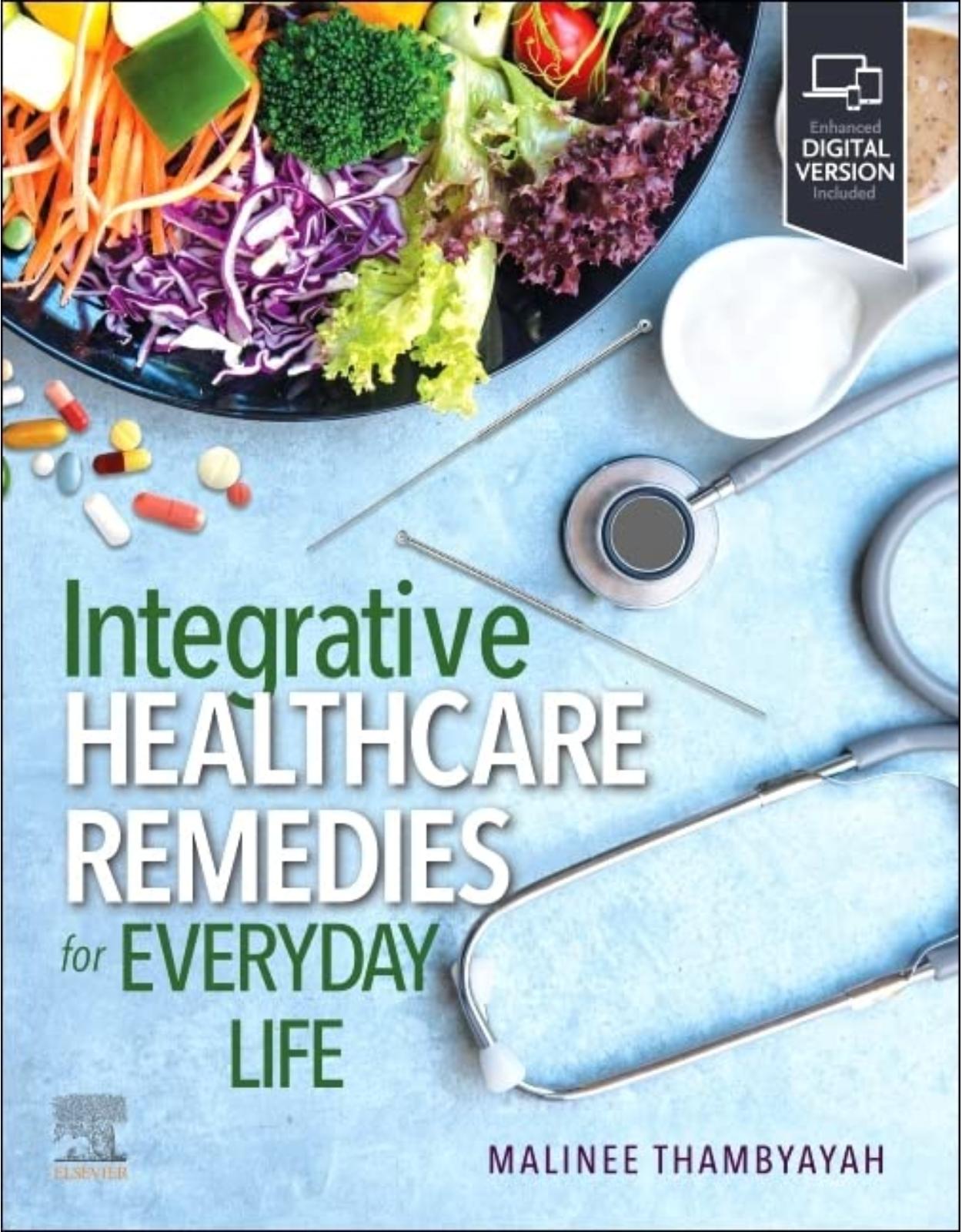
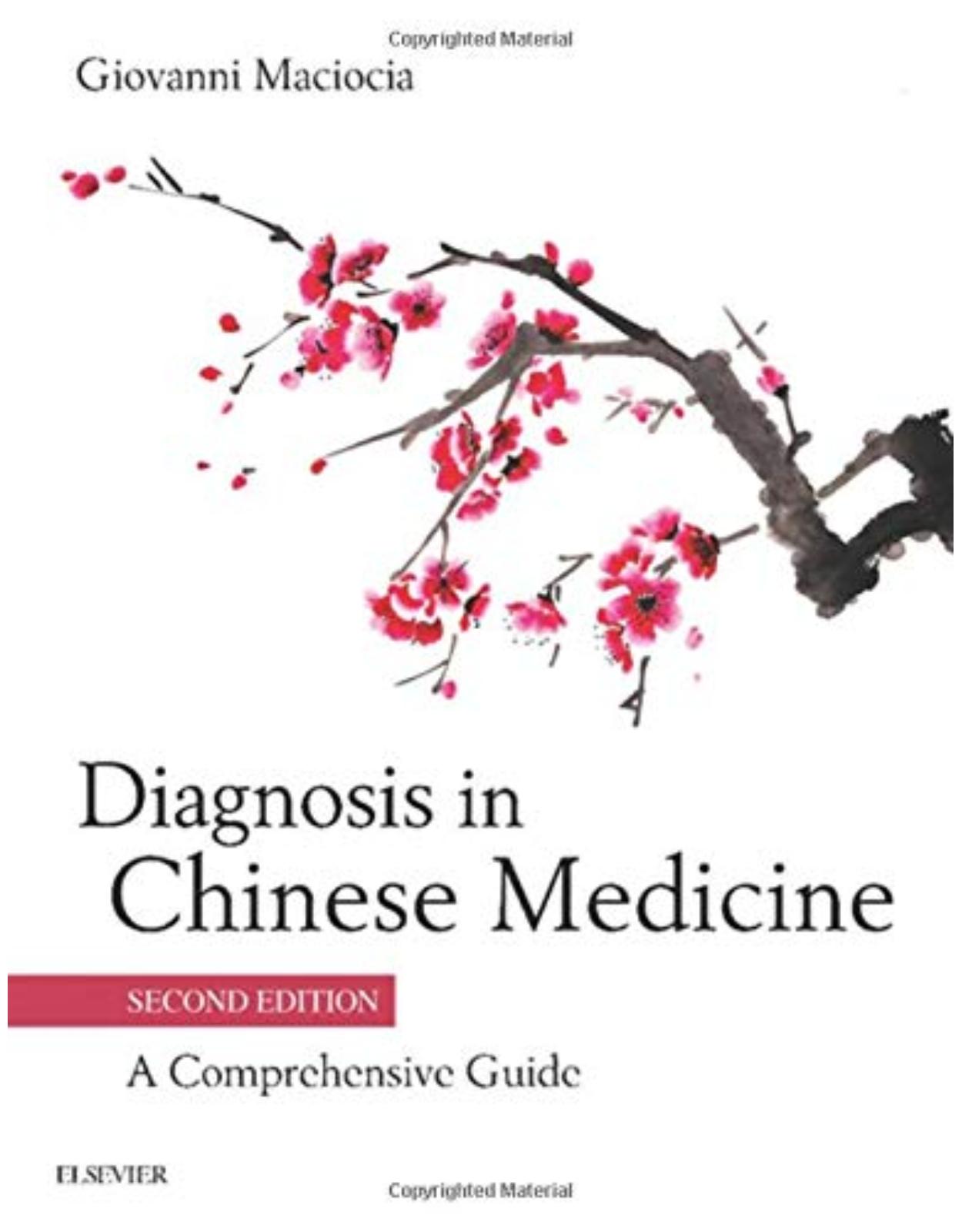
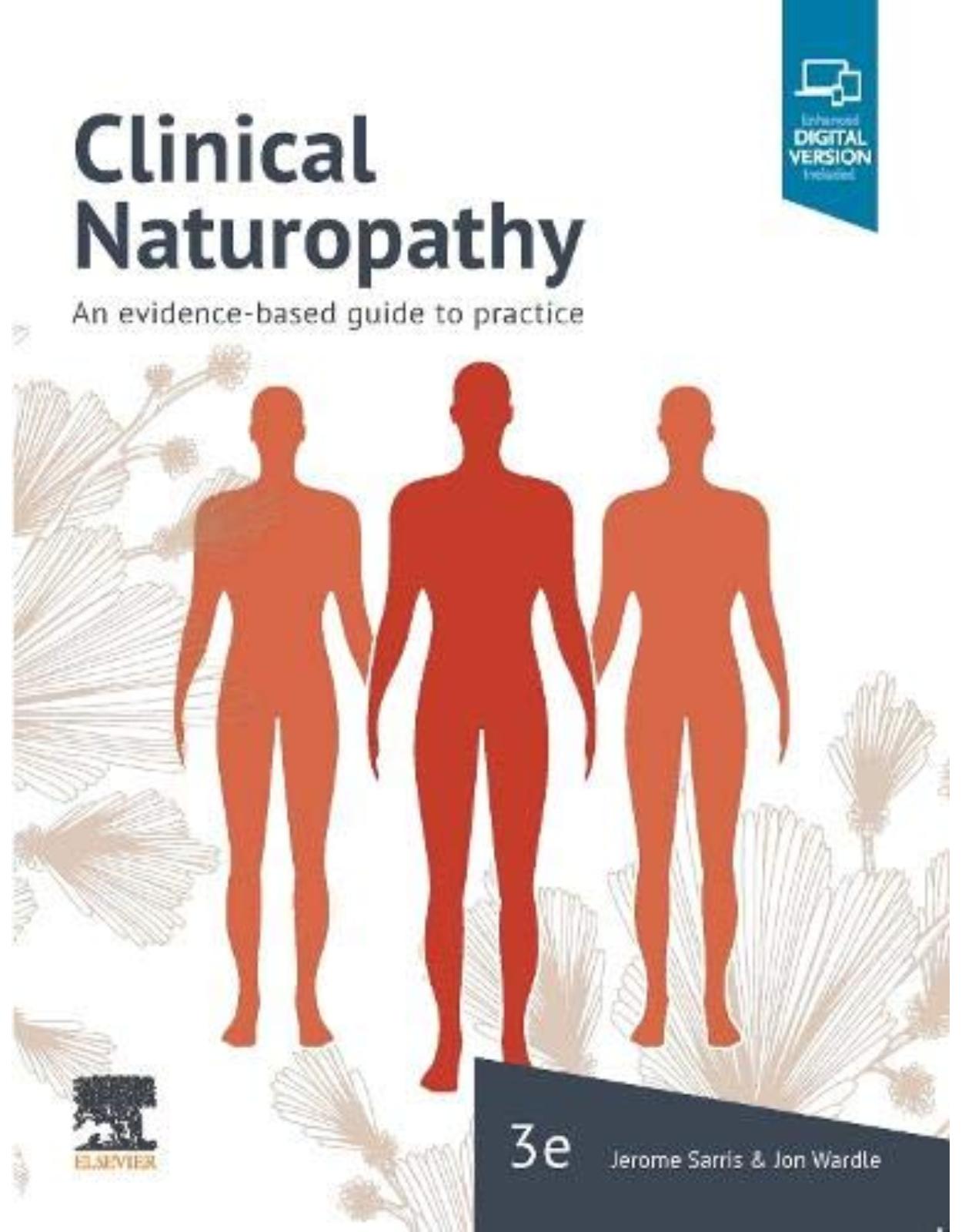




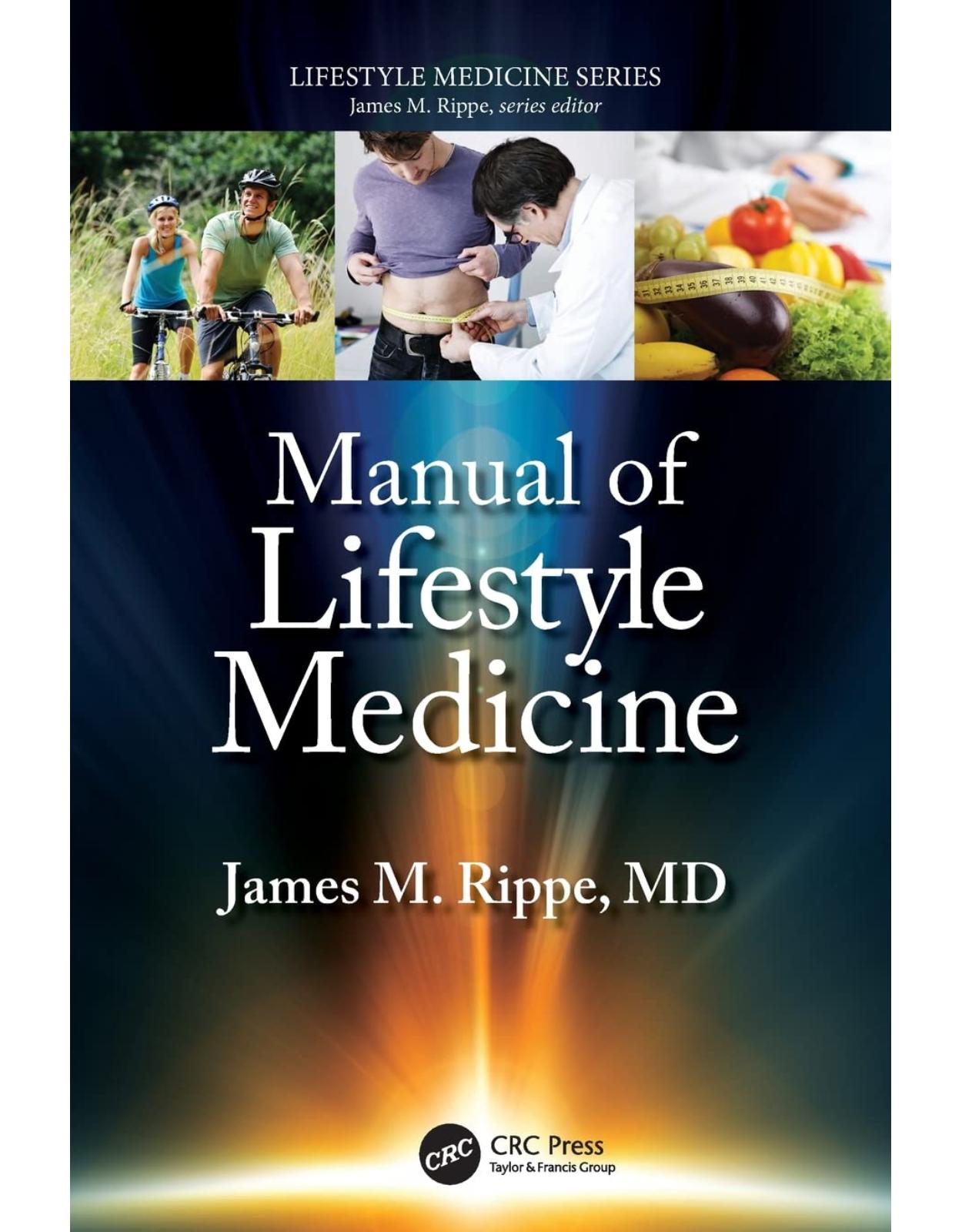
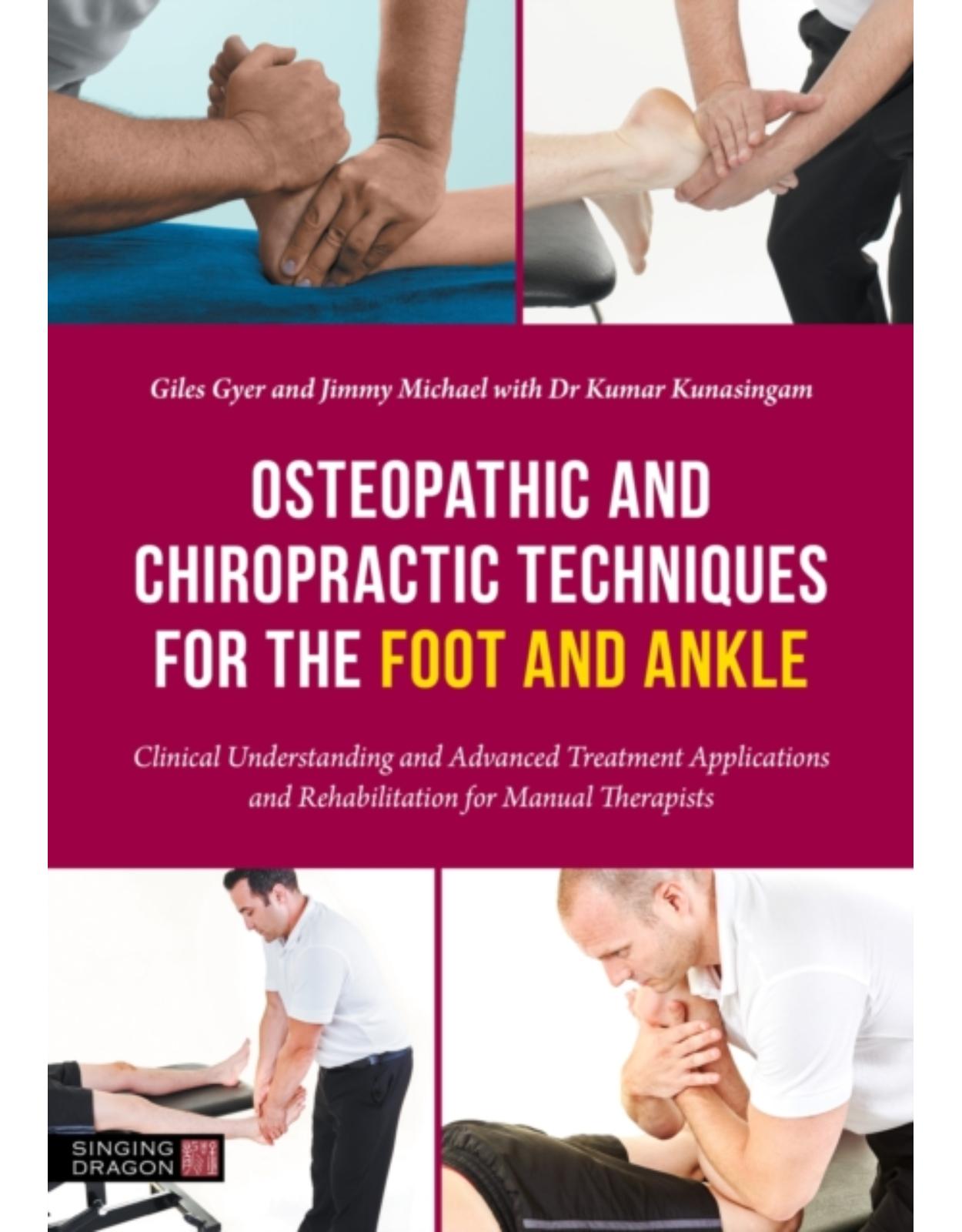
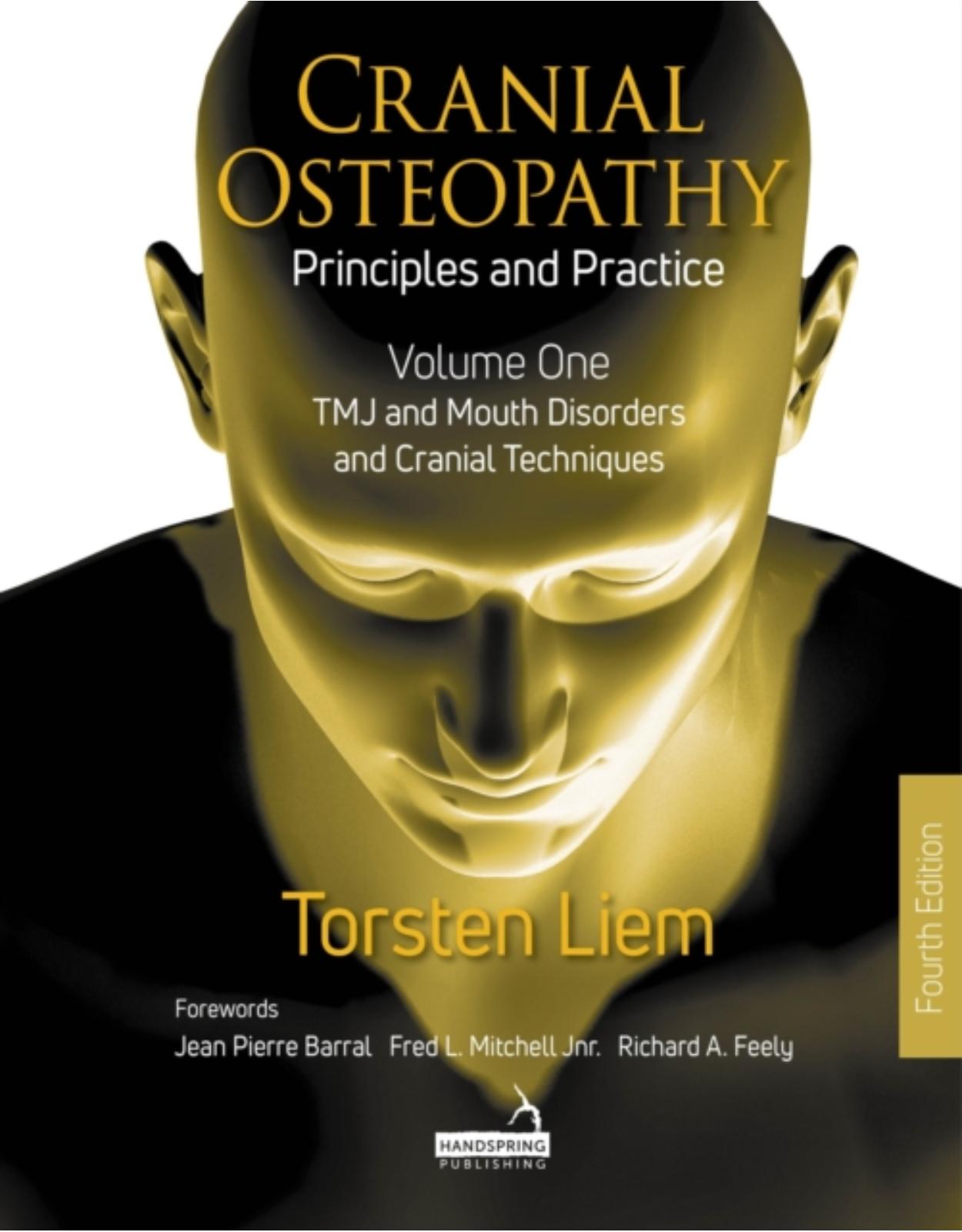
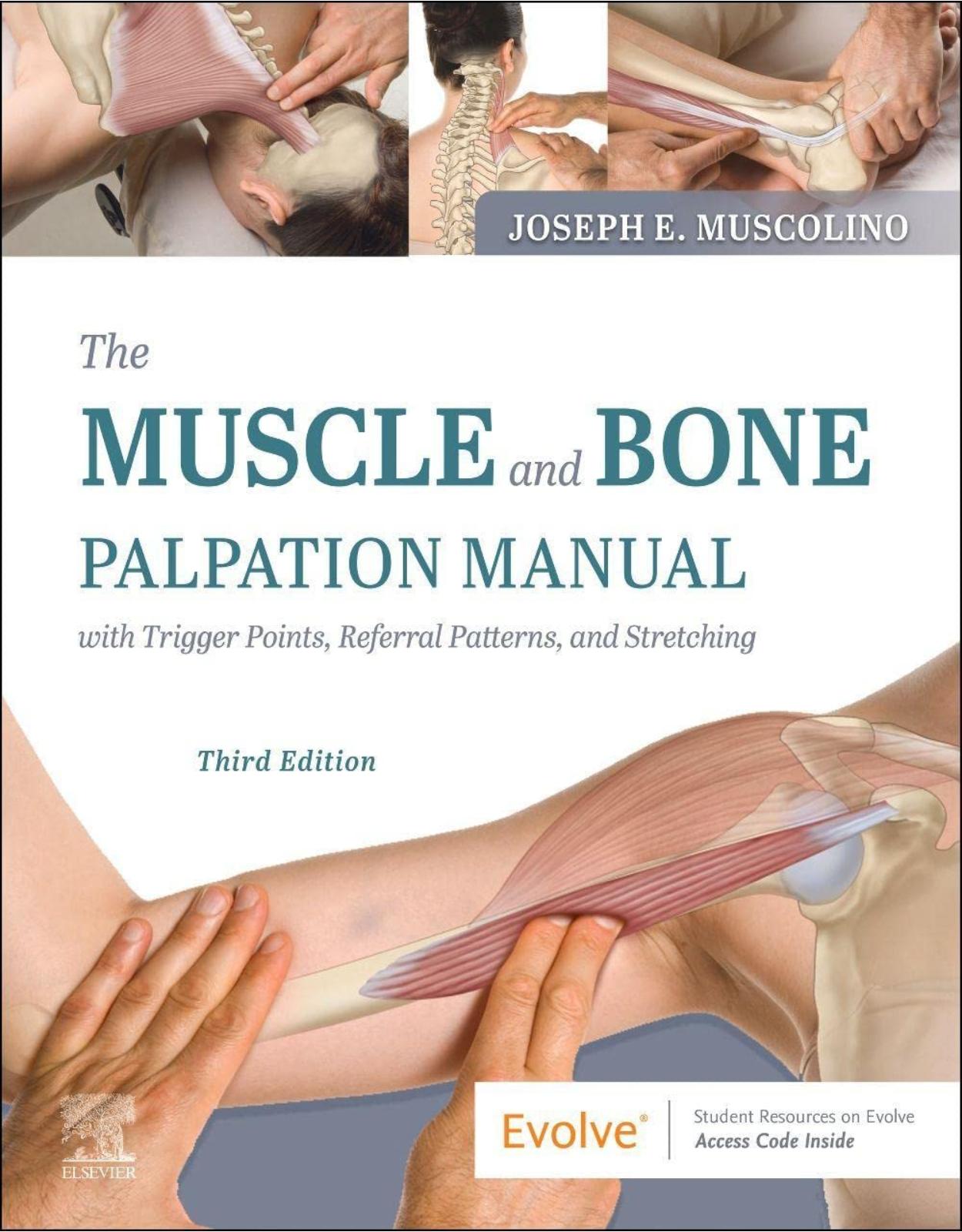
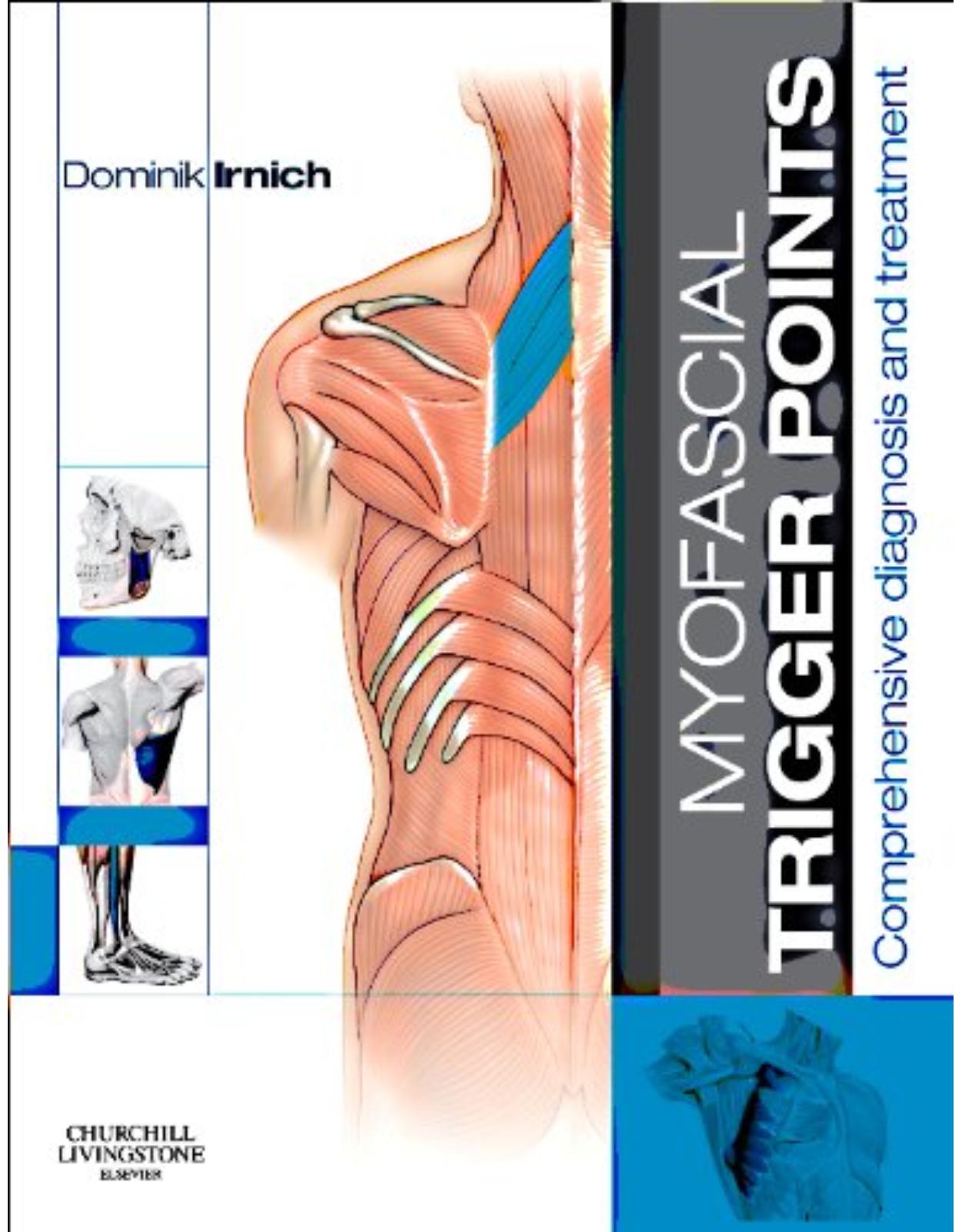
Clientii ebookshop.ro nu au adaugat inca opinii pentru acest produs. Fii primul care adauga o parere, folosind formularul de mai jos.